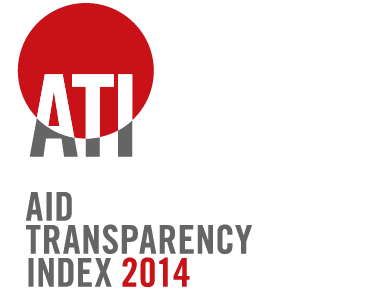Further Findings – #04.
Open data platforms: the beginnings of the aid data revolution?
Back to OverviewOpen data platforms: the beginnings of the aid data revolution?
A number of organisations are now using open data platforms driven by IATI data, marking an important shift from publishing raw data to visualising it in a meaningful way for users.
More detail: The most striking characteristics of these open data portals are the visualisations. Geo-coded data makes it possible to identify where activities are being implemented in a particular country or region. One of the best examples of this is Akvo’s portal, where visitors can customise interactive maps to see how projects are distributed geographically by region, country and sector. The portal uses all datasets from the IATI Registry, visualises them and also makes the data available through an API which allows for further platform development. AidData brings this approach to scale, producing a series of maps incorporating data from IATI and 90 bilateral agencies. The use of interactive graphs and menus, for example on Sweden’s Openaid.se and the UK’s Development Tracker allows the exploration of aid volumes, projects and results across different sectors, locations and time periods at the click of a button.
Greater availability: Open data platforms also increase the volume of accessible information, allowing free comparison of historical, current and future data. The UK’s Development Tracker includes data from as far back as 1987, Openaid.se data stretches back to the 1970s and aiddata.org back to the 1940s. These platforms also provide the option to export customised datasets and search results in machine readable format, offering the ability to link data together from different providers.
Improved timeliness: As they generate data through automated processes, the platforms are updated regularly without the need for separate manual updates. UN-Habitat publishes projects on its platform as they are approved; Danida’s disbursement and expenditure information is updated daily; the Netherlands and UK portals are updated monthly; and Sweden publishes information as it becomes available. This increases the relevance of the information to users with different needs and timeframes, with the added benefit of ensuring that the same information is consistently being made available rather than having to cross-check it against internal systems. The use of open licences by these portals also means that the data can be freely accessed, used and reused
Broader coverage: Open data platforms allow aid information to be compared across different actors in order to generate a fuller picture of aid activities. One of the most exciting examples of this is Development Initiatives’ Development Portal, a country-based information platform that tracks resource flows. In its first iteration, it contains current data published through IATI as well as the most recent (2012) data available from the OECD’s Creditor Reporting System.
These platforms demonstrate the intrinsic value of the IATI Standard in providing a more complete picture of current aid activities and that it’s possible to turn raw XML data into tangible, accessible information which can be used by different stakeholders.
